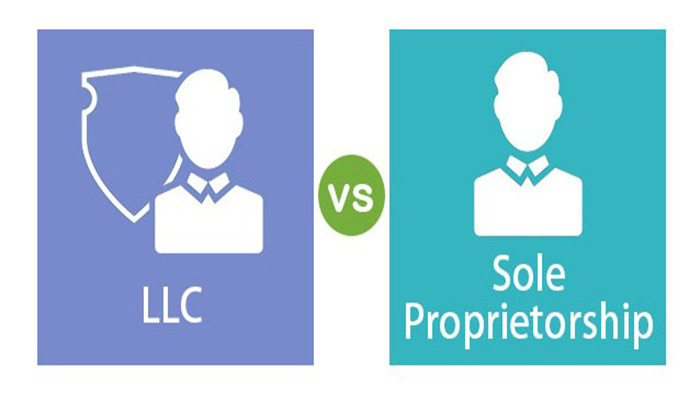The journey of entrepreneurship is one of evolution. A business may start as a simple idea, manifest into a hobby, grow into a sole proprietorship, and then, as it scales further, requires the structure of a Limited Liability Company (LLC). Distinguishing between a sole proprietorship and an LLC and recognizing the opportune moment to shift gears is pivotal for entrepreneurs seeking sustainable growth. In this piece, we’ll unravel these intricacies, emphasize the advantages of making the switch, and lay out a distinct roadmap for those eager to embark on this transformative journey.

Table of Contents
Understanding Sole Proprietorship and LLC
Sole Proprietorship
A sole proprietorship is the simplest business structure where an individual operates the business. The owner is solely responsible for all the business’s assets, liabilities, and operations. Any profits or losses directly affect the personal income of the owner.
LLC (Limited Liability Company)
An LLC is a more structured business entity offering limited liability protection to its members. While it combines the operational simplicity of a partnership or sole proprietorship, it offers the liability protection of corporations. This means that the personal assets of the members are protected against the company’s liabilities or debts.
Benefits of Transitioning to an LLC
- Limited Personal Liability: Perhaps the most compelling advantage, members of an LLC are not personally liable for the company’s debts or liabilities. This protection ensures that personal assets, like homes or savings, are shielded from potential business risks.
- Enhanced Credibility: Transitioning to an LLC often boosts a business’s credibility among customers, vendors, and potential partners. An LLC suffix in your business name can instill greater trust.
- Tax Flexibility: Unlike sole proprietorships, which often have limited tax options, LLCs provide flexible taxation structures. This means business owners have the freedom to choose how they want to be taxed, offering a personalized approach to managing finances.
How to Transition: Step-by-Step Guide
- Decide on a Company Name: The first step is to choose a company name. Ensure the name isn’t already taken by performing a company name check.
- File Articles of Organization: This document outlines essential details about your business, including its purpose, name, and member details.
- Obtain an EIN: An Employer Identification Number (EIN) is crucial for tax purposes. It’s the business equivalent of a social security number.
- Draft an Operating Agreement: While not always mandatory, this document specifies the roles, responsibilities, and operational procedures of the LLC members.
- Register with the Necessary Authorities: Depending on your location, you might need to register a company with state or local authorities and obtain the relevant business licenses.
- Transition Business Assets: Migrate all business assets, like bank accounts or property titles, from the sole proprietorship to the LLC.
- Stay Compliant: Ensure to meet all reporting and regulatory requirements to maintain your LLC’s status.
The transition from sole proprietorship to LLC is not just a legal or financial decision; it’s a strategic move toward growth, sustainability, and long-term success. By recognizing the advantages and following a methodical approach, business owners can set up a limited company that supports their vision and protects their personal interests.
Follow – https://viraldigimedia.com for More Updates